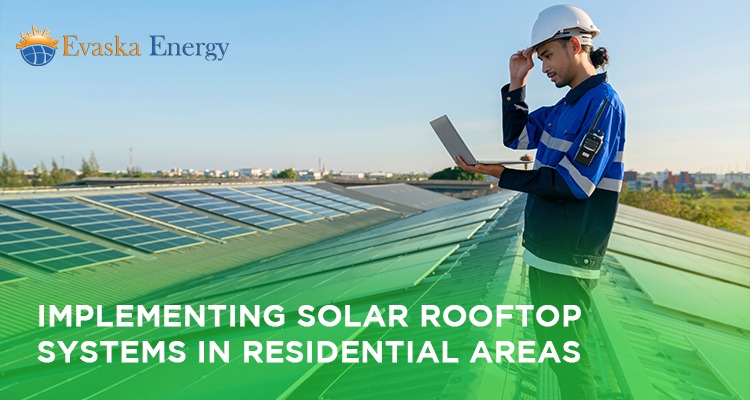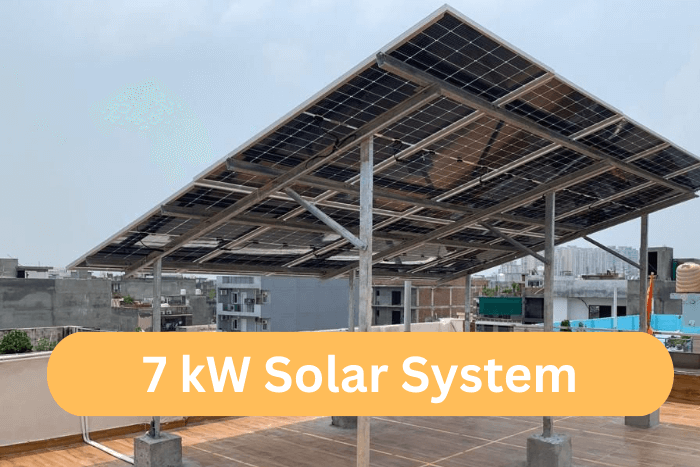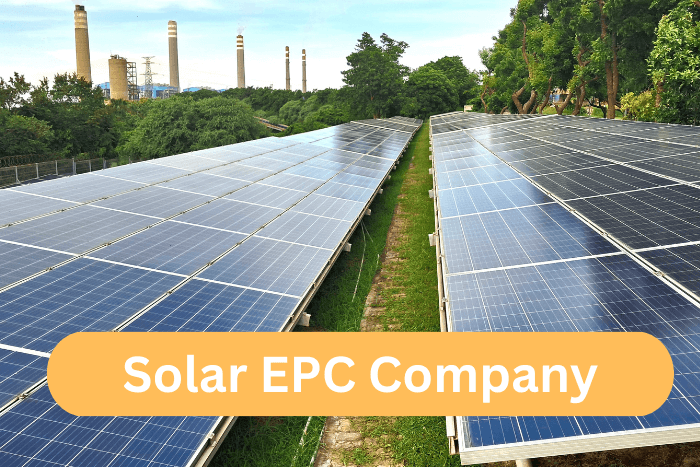Implementing Solar Rooftop Systems In Residential Areas
Solar power plants are the greatest alternative to nuclear energy. In photovoltaic modules, fusion processes 93 million miles away are used to generate light, which is subsequently converted to power.
Solar power is the only viable option to help reduce global pollution. When you deploy rooftop PV panels correctly, you can counteract global warming by limiting the generation of greenhouse gases. Whether you are dealing with rising power bills or the effects of global warming, there is only one solution: a solar PV system. Solar panels are the only method to fix all of your problems.
Reading this article will be valuable to you since it discusses the benefits and cons, as well as the cost, of the finest photovoltaic solar cell, which produces electric energy when lit on both of its surfaces, front and back. Absolutely, it refers to "bifacial solar panels." This solar panel is more common in industrial and residential locations; therefore, let us learn about the value of solar electricity. If you are seeking a solar installation company near me that offers home solar solutions even in snowy areas, call Evaska Energy, Delhi's leading solar power provider.
Take a deep dive into the world of solar power panels and learn about their significance
Bifacial Solar Panels are defined as follows: Solar cells are the foundation of solar panels. There are several materials used to make solar panels, however, the most often utilised material is silicon. The rationale for employing silicon in solar cells is that it has an energy efficiency of around 20%, makes the solar light weighted, can withstand direct sunlight or high temperatures, and can be used in a variety of applications. The majority of Bifacial solar cells are constructed of two silicon cells stacked together in such a way that they face opposing directions.
The structure of bifacial solar panels is formed when multiple bifacial cells unite. Because solar cells are placed on both sides of the bifacial panel, power is generated on both sides. Apart from silicon, bifacial solar panels are composed of polycrystalline cells as well as monocrystalline cells.
One of the top rooftop solar companies in Delhi NCR, Evaska Energy, offers the greatest solar power solutions. The business offers three distinct types of solar panels under the name of "on-grid solar power plant," which uses the electrical grid as its primary source of energy and best-in-class backup batteries for excessive energy storage. The following hybrid solar power plant features a battery with the best possible capacity for energy storage. The hybrid solar power system from Evaska Energy contains two batteries that can store excess electricity for 8 to 10 hours. The off-grid solar power plant, which is fundamentally pretty similar to the hybrid solar plant, is the third type of solar system. The main distinction is that it offers a larger backup duration and an additional battery for superior electric energy.
Why bifacial solar panels?
One of the most effective types of solar panels is the bifacial panel. You may get a comprehensive overview of how solar panels function by reading the items listed below.
- The front of bifacial solar panels is used to capture direct sunlight.
- The solar panel's backside collects sunlight that is reflected from the ground.
- Because the sun attracts energy from both sides, it supplies and stores a large quantity of energy.
- The photons that are trapped are changed into DC electricity.
I hope this clarifies the nature of bifacial solar panels, how they operate, and how they generate double outputs as compared to regular solar panels. The best feature of the bifacial panel is that its output is 4 to 5% greater than that of conventional one-sided panels. This solar panel is especially useful in commercial, residential and industrial settings. Call Evaska Energy for the best rooftop solar in Delhi, which offers budget-friendly solar power systems that require less maintenance and get the greatest results.
The Advantages of Bifacial Panels
- It has a high battery efficiency.
- Even when the weather is gloomy, it performs excellently.
- Catch maximum sunlight and generate clean electricity.
Bifacial panel limitations
- These are pricey residential expansions.
- It raises the maintenance costs since trackers must be installed.
Advantages of solar panels for residential rooftops
There is a widespread misconception in the industry that bifacial solar panels are unsuitable for residential use. The bifacial solar panel is suitable for all applications, whether commercial or domestic. Even if your rooftop does not have a lot of electricity, you may place it on the ground. Ideal for individuals who live in a snowy environment or who want to be put in a more reflective area.
So, what are you holding out for? Contact Evaska Energy now to get solar panel kits for home, factories, industries, hospitals, hotels, schools, businesses, cold storage, residences, and other locations.








